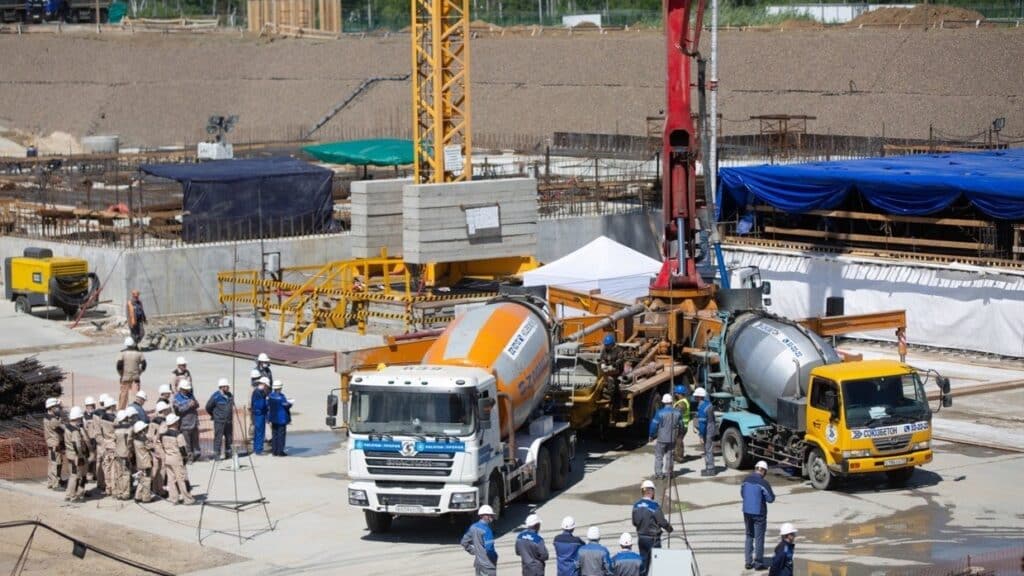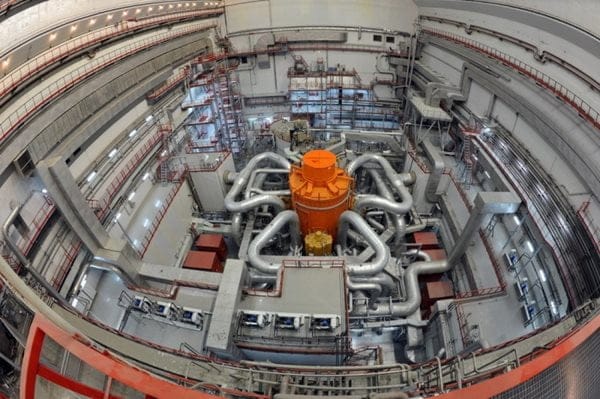In the city of Seversk the Russian nuclear energy giant Rosatom began construction of BREST-OD-300, a power unit powered by an innovative fast neutron reactor.
“The successful implementation of this project will allow our country to become the first owner in the world of this nuclear technology,” says the Director General of Rosatom Alexei Likhachev.
Fast neutron technology is a technology that fully satisfies the principles of sustainable development. It does this in terms of the environment, accessibility, reliability and efficient use of resources.
Alexei Likhachev
Fast Neutrons: Nuclear Energy to the Next Level?
Ok, I gave you the news. Russia has developed new nuclear technology, yes sir. Before that little voice in your head, “Chernobyl – Chernobyl – Chernobyl – Chernobyl” takes up all your attention, let me tell you more.
According to the president of the Kurchatov Institute Mikhail Kovalchuk, the Russian project (for now an experimental 300 MWe unit) aims to take nuclear energy to a new level.
But how does this type of fast neutron reactor work? And what advantages and disadvantages does it bring with it?
How fast neutron nuclear works

The reactor will operate on a mixed uranium-plutonium nitride fuel (MNUP fuel), developed specifically for the plant. The power plant will be an integral part of Pilot Demonstration Energy Complex (PDEC), a group of three unique interconnected structures, which will serve to demonstrate the whole cycle.
There will be a nuclear fuel production plant (for fabrication and remanufacturing), the BREST-OD-300 fast neutron power unit and the radioactive fuel reprocessing plant.
The advantage of fast neutron reactors is their ability to efficiently use secondary fuel cycle by-products (especially plutonium) for energy production.
In addition to having a high regeneration factor, fast neutron reactors they can produce more potential fuel than they consume, and also to burn (i.e. use in the energy generation process) highly active transuranic elements, called actinides.
No fusion dangers?
It would seem not. The design of the lead-cooled reactor is based on the principles of so-called “natural safety”, which allows abandoning the fusion trap.
With the launch of BREST, Rosatom and the entire global nuclear industry are moving forward. Nuclear technologies developed by Russian organizations and research institutes are driving the global energy sector.
Rafael Grossi, head of the International Atomic Energy Agency
The BREST-OD-300 fast neutron reactor is expected to start operating in 2026. The fuel production plant will be built by 2023 and the irradiated fuel reprocessing module by 2024.
Can you still hear that little voice? I do. The past is always hard to forget.


